A grid-tied battery backup system: what is it?
A battery backup system that is linked to the electrical grid is known as a grid-tie battery backup system. It is made to function during a power loss while being connected to the power grid as backup power. Batteries are used in this system to store extra energy generated locally, such as from solar panels or other renewable energy sources.
The grid-tie battery backup system begins to operate and supplies backup power when there is a power outage. For businesses and homeowners that depend on energy for daily operations, this backup power is a helpful advantage.
They are able to prevent the annoyance and potential losses that arise from power outages by installing a battery backup system. In contrast to an off-grid system, the grid-tie battery backup system enables users to receive backup power without cutting off from the electrical grid, making it a great choice.
Is the cost of a battery backup higher?
Compared to a conventional energy system that just uses the power grid, a battery backup may be more expensive. A battery backup can, however, offer major advantages, especially in regions that frequently experience power outages or for people who choose to use solar power.
Also, the price of battery backups has drastically dropped in recent years, making them a more cost-effective choice for many homeowners. A number of variables, such as the system’s size and the battery utilized, will affect the price of a battery backup.
In the end, even though the initial cost of a battery backup may be more, the long-term advantages may make it a good investment.
Should I perform my own grid-tie battery backup system installation?
Self-installation of a grid-tie battery backup system is not advised. While it may be appealing to forgo installation fees and utilize solar energy, there are various technical components of the process that call for specialized training and experience.
Solar panels are connected to an inverter, which transforms DC electricity into AC electricity, which is then supplied into the grid, to create a grid-tie battery backup system. To guarantee that it operates at its best during a power loss, the battery backup system also needs to be precisely calibrated.
The knowledge and tools required to install and calibrate the system correctly are available from a reputable solar installation company. You run the risk of damaging the system, your home, or your grid connection if you try to manage the installation yourself. It’s advisable to let experts handle the grid-tie battery backup system installation.
Why would you pick a grid-connected solar power system?
A grid-tied solar system is a fantastic option for those who want to rely on solar electricity but also want the assurance of having grid power available if necessary. Any extra energy produced by a solar system that is connected to the grid can either be used immediately or returned to the grid for credit when solar power is not available.
This does away with the necessity for pricey, upkeep-intensive battery storage. A grid-tied solar system also makes it possible to consume solar energy at home even when the solar panels aren’t generating power, as at night or on cloudy days. A grid-tied solar system is less expensive and requires less maintenance than off-grid solar systems, which are totally self-sufficient.
All things considered, a grid-tied solar system is the best option for anyone looking to lessen their dependency on traditional power sources and minimize their energy costs.
When are hybrid solar systems appropriate?
When the solar panel system is connected to the grid and backup power is required in case of a power loss, hybrid solar systems become a practical choice. In a hybrid solar system, solar energy is used in addition to the electrical grid to power the house or company throughout the day.
Also, extra power produced by the solar panel may be saved in a backup solar battery system that may be used in an outage. By using this system, the user can benefit from modern solar technology while still having access to grid power’s dependability.
Also, for people who live off-grid, a hybrid solar system with solar battery backup could be used as a backup source of energy because it can run a home or company without connecting to the grid. In essence, hybrid solar systems are useful for reducing energy prices, averting outages, or going off the grid.
How Much Might a Solar Panel System Save You? What About a Home Battery Backup?
Long-term financial savings for homeowners can be achieved by installing a solar panel system with a backup battery system at home. Homeowners can cut their reliance on conventional energy sources and lower their monthly energy costs by using the sun’s energy to run lighting and appliances in their homes.
The installation of a home battery backup system has the advantage of storing extra energy produced by the solar panels, enabling homeowners to use it in power outages or during peak energy periods
. For people who live off the grid, where they might not have as much access to dependable power, this might be extremely helpful. Additionally, a grid-tied solar panel system with battery backup can even give homeowners the chance to sell extra energy back to the neighborhood utility provider, thereby increasing their savings.
All things considered, purchasing a solar panel system with a home battery backup not only lowers energy bills, but also offers a dependable and sustainable energy option for the long term.
A GRID-TIED SOLAR POWER SYSTEM WITH BACKUP IS FOR ME?
If you wish to use solar power while still being plugged into the grid, grid-tied solar power with backup can be a smart choice. A solar power system that is connected to the grid allows extra power to be produced by solar panels to be fed back into the grid, making up for power used from the grid when the sun isn’t shining as brightly.
To avoid backfeeding and endangering utility employees, most grid-tied devices will also cut off in the case of a grid failure. In such a situation, a backup system, such as a backup battery or a hybrid system that combines solar power with a generator or another energy source, can be useful. When there is a power outage, a backup system can power essential loads, keeping the homeowner secure and comfortable until the power to the grid is restored.
An affordable and dependable option for using solar energy to power a home depends on the demands of the homeowner. One such option is a grid-tied solar power system with backup.
GRID-TIED SOLAR WITH BACK UP BATTERY INSTALLATION: HOW?
Grid-tied solar systems with backup batteries are often built as a system that either supplements or completely substitutes power from the electric grid. A solar power system must be installed by being connected to the building or home’s existing electrical wiring. Solar energy is captured by the solar panel and transformed into electricity before being delivered to an inverter.
After that, the inverter changes the DC electrical current into AC so that it may be utilized to power a building or a residence. When the grid-tied solar power system is connected to the electrical grid, extra electricity can be sold back to the utility provider. In the event of a power outage, the backup battery serves as a source of power when the solar power system is unable to produce enough.
The solar panel typically charges the backup battery during the day, and it can be utilized to power the house at night or when there is a lack of solar power production. In general, installing a grid-tied solar power system with a backup battery can offer a dependable and sustainable supply of electricity for residences and other structures.
How much is a solar system connected to the grid?
Depending on the size and quantity of solar panels required to satisfy a particular home or business’s energy needs, the price of a grid-tied solar system varies. When solar panels aren’t producing enough energy, a grid-tied solar system, also known as a solar panel system, can be used to draw power from the grid or to send extra energy back to the grid.
Although installing solar panels can be pricey at first, the long-term savings in energy costs and decreased carbon emissions make it a smart investment for both people and businesses aiming to lessen their environmental impact.
It’s important to take into account that the price of a grid-tied solar system has dropped recently, and with state and federal tax credits and government incentives available in some areas, the overall cost to install a solar panel system may be less than you had anticipated.
What tools are required for a grid-tied solar system?
You will require a grid-tie inverter, a grid-tied system, and solar panels in order to set up a grid-tied solar system. As they transform sunlight into electrical power, solar panels are the brains of a solar power system. The grid-tie inverter is in charge of transforming the DC energy produced by the solar panels into the AC energy required by home appliances.
Your solar power system can cooperate with the electrical grid when it is grid-tied. As a result, you may still utilize electricity from the grid when your system is not producing any and sell any excess energy that your home is not using back to the utility provider.
With a grid-tied solar system, you may generate your own electricity, reduce your monthly energy costs, and contribute to the environment.
After installing a grid-tied solar energy system, can batteries be added?
Sure, after installing a grid-tied solar energy system, batteries can be added. When using solar energy, a grid-tied system feeds the electricity it generates from solar panels back into the power grid. The energy system is linked to an inverter, which converts the DC electricity generated by the solar panels into AC electricity suitable for usage in residences or commercial buildings.
A hybrid system, which is a grid-tied solar energy system with batteries added, enables homeowners to store extra solar energy that wasn’t utilized during the day for usage at night. A battery inverter, which will control the charging and discharging of the batteries, must be installed in order to add batteries.
Hence, by incorporating batteries, homeowners can easily update their grid-tied solar energy system to a hybrid system.
Are Grid-tied Solar Systems with Battery Backup Recommended?
There are benefits and drawbacks to installing a grid-tied solar system with battery backup. The main benefit of a solar system with battery backup is that it may store extra solar electricity produced during the day for usage at night or during a power outage.
In the event of severe weather or a power outage, a battery backup gives you a dependable and affordable source of electricity, preventing you from being left in the dark. Grid-tied solar systems with battery backup can, however, be pricey and maintenance-intensive, and their efficiency is largely based on the size of the solar system and battery bank.
Overall, even though a solar system with battery backup can be expensive, it is a great long-term investment because it enables you to cut your energy costs and lessen your carbon impact by using solar energy. Uninterru
The post solar grid tie battery backup: A Comprehensive Guide appeared first on LatestSolarNews.
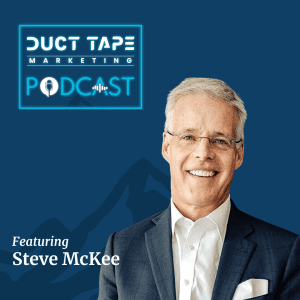 In this episode of the
In this episode of the 
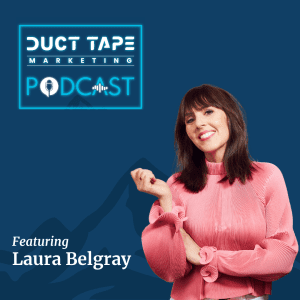 In this episode of the
In this episode of the 

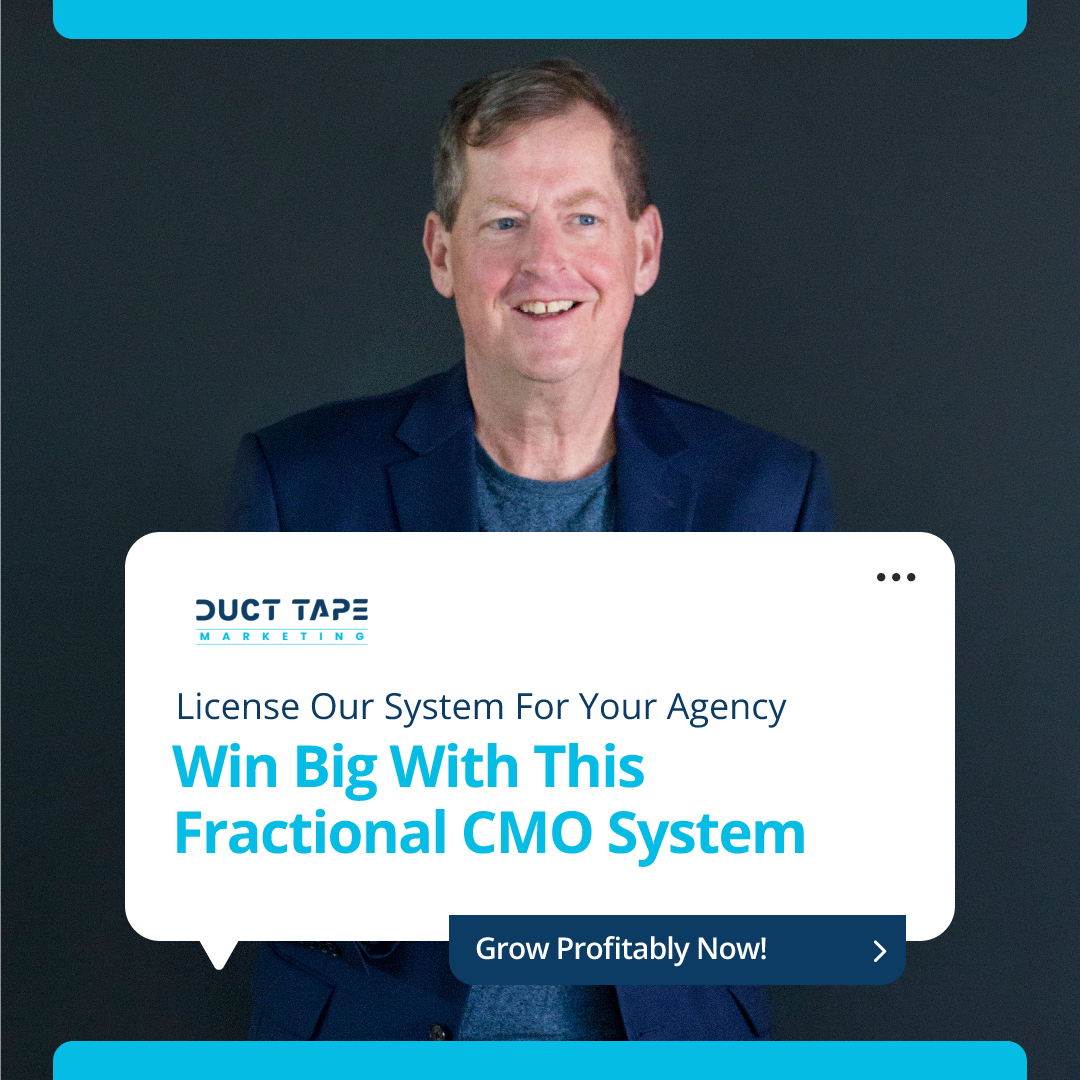
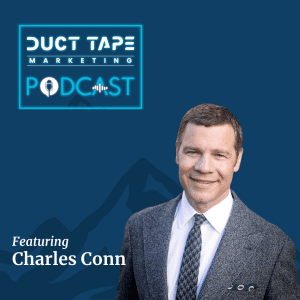 In this episode of the
In this episode of the 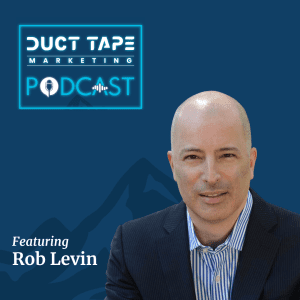 In this episode of the
In this episode of the